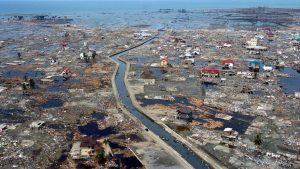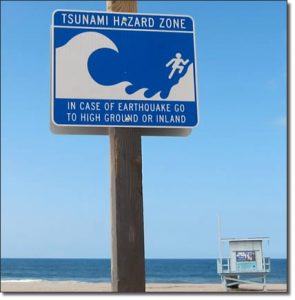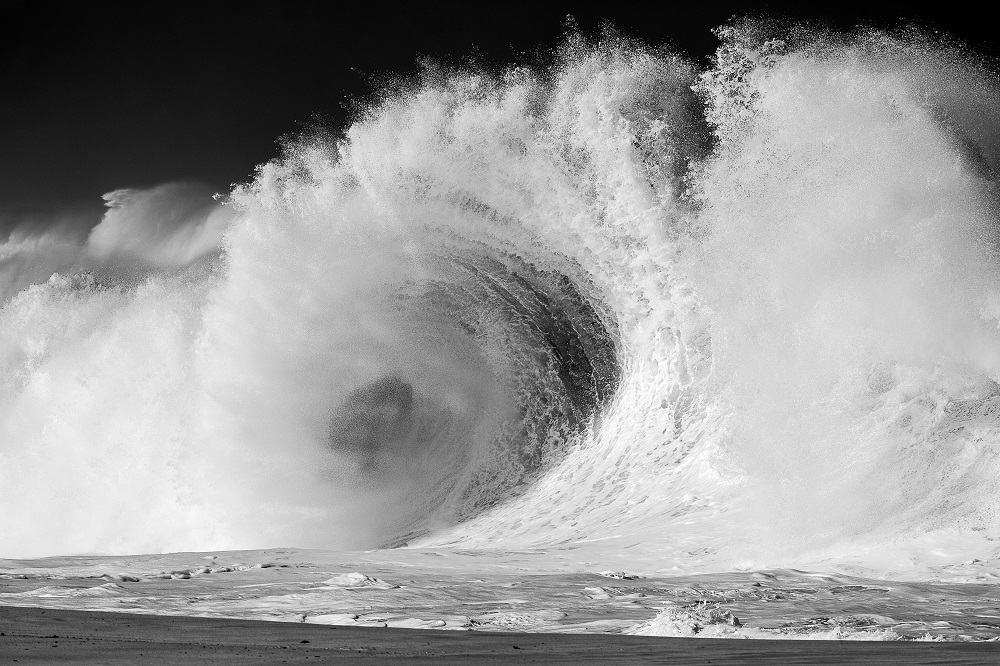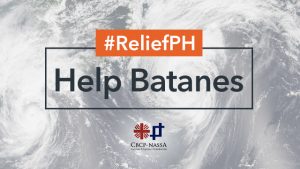
Geologists call the 2004 tsunami a “monster earthquake.” An earthquake that shocks last longer than usual. Followed by mountains of waves crashing onto the beach at breakneck speed.
The December 2004 tsunami wave was recorded as the worst natural disaster in modern history. An event with an unimaginable dimension, in terms of the number of victims, as well as from the geological aspect.
What happened?
Giant waves occur after an earthquake under the sea, about 100 kilometers west of the coast of Sumatra, at 07:59 local time. The epicenter was at a depth of about 30 kilometers below the seabed. There are two colliding continental plates. Severe pressures then cause one plate to shift down another plate. That happened on December 26, 2004, on a 1000 kilometer line. This is a very rare event.
The resulting earthquake lasted up to 10 minutes. Usually, this kind of earthquake only lasts a few seconds. According to various calculations, the strength of the earthquake at that time reached 9.1 to 9.3 on the Richter scale and is the second-largest earthquake in the last 100 years. In 1960, an earthquake in Chile was recorded at 9.5 on the Richter scale.
Why the giant tsunami waves appear?

One of the continental plates shifted up to 15 meters, so it moves vertically. That caused the seabed in several places to move up to 10 meters. That’s what makes the sea level at the site rises suddenly. The water that is pushed then forms a big wave, which moves at very high speed, as fast as a jet, and moves towards the coast. In deep-sea areas, fast-moving water is not very pronounced on the surface. But toward the increasingly sloping coastal areas, the waves will roll higher and higher. On the coast of Sumatra, wave height has reached about 30 meters.
What about fatalities and damage from the tsunami?
In the Indian Ocean, from Sumatra (Indonesia) to the Andaman Islands, Thailand, South India, Sri Lanka and parts of Africa, there were around 230,000 people killed in 14 countries. The worst damage occurred in Sumatra, with around 170,000 dead. All buildings in the coastal area were destroyed, in some places up to a distance of five kilometers on land. Millions of people are left homeless.
Who has the possibility of surviving?
Tourists who are diving in the middle of the sea, feel the tides are faster, but they experience nothing. Also, the fishermen who are at sea, do not feel there will be giant waves. Residents who react quickly and can flee to the high ground are also saved. People who live at the top of the house, who are tall enough and strong enough to resist the lunge of water and things that are dragged along with the water, can survive.
Are there any warnings for residents?
No one in the disaster area had a tsunami emergency plan at that time. United States tsunami warning center in Hawaii immediately realized and make an emergency call, that there were a great earthquake and the threat of a terrible giant wave. But they did not know which parties to contact in the disaster area. So they issued a general warning.
What has been done since the great disaster?

Now a tsunami early warning system has been built along the waters between Indonesia and Thailand. Every change in the water level is monitored for 24 hours, and there is an automatic warning if there is a sudden change. The early warning center in Jakarta is ready to send warnings to regions throughout Indonesia.
With the help of German experts from the Geological Research Center in Potsdam, the tsunami early warning system was successfully functioning. Warnings will also be sent via SMS to regions. Many hotels in the coastal area now have warning boards and evacuation plans in case of a tsunami threat.
How big is the risk of a tsunami in the future?
Tsunamis cannot be predicted. Tensions between colliding plates always occur. Continental plates to the west of Sumatra have been under pressure until now. In April 2012, there was another underwater earthquake in the region with a magnitude of 8.6 on the Richter scale. But there was no large and wide tsunami wave. Why? Because the plates were moving horizontally.

Japan is the country that most often experienced significant earthquakes and has an impact on society. Because Japan is at the confluence of the active Pacific Ocean Plate and the Philippine Sea Plate. So each time it collides or separates, the shocks will be felt to the surface of Japanese land.
The 2011 Tsunami Disaster
History records the most significant earthquake and tsunami that occurred in Japan on March 11, 2011 — starting from a devastating earthquake off the northeast coast of Honshu Island, the main island in Japan. The quake then triggered a series of massive tsunamis, especially in the Tohoku region.
Then, a giant tsunami also triggered accidents and power outages along the coast. The earthquake measuring on nine Richter scales is located about 30 kilometers beneath the floor of the Western Pacific Ocean. The March 11 earthquake was felt in Petropavlovsk-Kamchatsky region (Russia), Kaohsiung (Taiwan), and Beijing (China). This earthquake became an earthquake with the highest strength since the 19th century. The damage caused is not a very kind one.
An estimated 200 thousand people died or disappeared, and another 500 thousand had to be evacuated. Tsunamis and earthquakes affect nuclear power stations and cause a nuclear accident. The losses created from this disaster were 360 billion US dollars. Nevertheless, Japan is known as the most disaster alert country in the world. Japan has an elementary school education system about earthquake mitigation. Japan was conducting disaster simulations and periodic rescue efforts since 1995, especially in the Kobe region, which then spread throughout the country. An earthquake is a natural warning of a tsunami coming. Earthquakes are always followed by signals broadcast by local television or radio. Ships are prohibited from returning to the sea, and residents of areas near the coast are immediately evacuated.
For example, in the 2004 Indian Ocean tsunami, many people died because they watched the seawater shrink and revealed its ground floor, without knowing it was a sign of a tsunami.

From 1995 to 2011 (the biggest earthquake occurred), Japan mitigated the earthquake and tsunami disaster earlier than any country so that the training that had been conducted so far began to show results. Victims, damage, and losses can be suppressed.
When a magnitude nine earthquake occurred, a tsunami struck the area of the population causing damage and flooding. The nuclear cooling system at the Fukushima Daichi nuclear plant is broken, and there is a fear of a nuclear leak. There were still aftershocks of 7 Richter scale followed by minor earthquakes. One week after the earthquake, the nuclear emergency was announced, around 1 million houses had not yet received a clean water supply.
Some 270 thousand people in the nuclear evacuation area have been evacuated, the road to the beach has been sterilized, and 14 ports have resumed in operations. Electricity has recovered 90 percent in residential areas. One month after the earthquake, 90 percent of water services in residential areas have returned to normal, and the railroad track has returned to normal, except at offshore points that have suffered severe damage.
Regulations for Disaster Mitigation in Japan
In addition to these preparations, the Japanese government is following up on disaster mitigation through the following rules.
- In 2011: the Japanese government approved a one year reconstruction period and amended the basic disaster management plan to better prepare for various disasters.
- In 2012: 470 thousand displaced people had returned to their respective homes, leaving 344 thousand displaced people because nuclear radiation was still high.
- In 2015: a World Level Conference on Disaster Risk Reduction was held and approved new international guidelines to reduce the impact of disasters from 2015 to 2030. A forum was held in Japan to introduce planning practices and community involvement in disaster mitigation.
- In 2016: around 174 thousand people were still displaced, and 60,800 people lived in temporary settlements. February
- In 2017: radiation levels are still high near nuclear power plants. Fisheries are recovering, and water quality testing is within tolerable levels.
- In 2018: the reconstruction authorities reported that 100,000 people were in permanent homes. Ninety-two percent of the public housing units were completed, and evacuation orders began to be revoked. The process of cleaning and decontamination of the Fukushima Daiichi plant continues.




